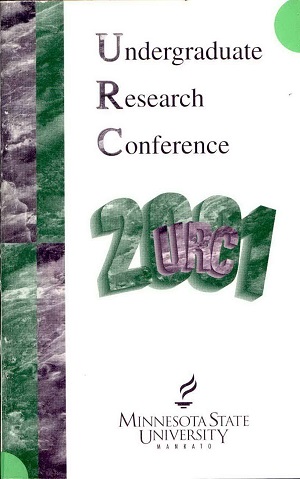Paleoarchaeology at the Gault Site in Southern Texas
Location
CSU
Student's Major
Anthropology
Student's College
Allied Health and Nursing
Mentor's Name
Mike Scullin
Mentor's Department
Anthropology
Mentor's College
Social and Behavioral Sciences
Description
The prevailing archaeological view of the population of the Americas has been of Eurasians, around 14,000 years ago, crossing a bridge of land between Siberia and Alaska created by lower than present ocean levels during glaciation. Within the last ten years, artifacts found at many sites in' North and South America are causing researchers to rethink the dates and routes of entry taken by the first Americans. Gault, a paleoarchaeological site in southeastern Texas, is one of those sites. The Gault site has produced the largest assemblage of lithic artifacts, labeled "Clovis" by their dates and characteristics. The Gault site in Texas is one of the most prolific paleoarchaeological sites in North America. Dr. Michael Collins, one of Gault's primary researchers, notes technological similarities between artifacts from Gault and older artifacts found in southwestern Europe. Work at Gault may help scientists answer questions about where those people originated, when they arrived, how they lived, and subsequently, what happened to them.
Paleoarchaeology at the Gault Site in Southern Texas
CSU
The prevailing archaeological view of the population of the Americas has been of Eurasians, around 14,000 years ago, crossing a bridge of land between Siberia and Alaska created by lower than present ocean levels during glaciation. Within the last ten years, artifacts found at many sites in' North and South America are causing researchers to rethink the dates and routes of entry taken by the first Americans. Gault, a paleoarchaeological site in southeastern Texas, is one of those sites. The Gault site has produced the largest assemblage of lithic artifacts, labeled "Clovis" by their dates and characteristics. The Gault site in Texas is one of the most prolific paleoarchaeological sites in North America. Dr. Michael Collins, one of Gault's primary researchers, notes technological similarities between artifacts from Gault and older artifacts found in southwestern Europe. Work at Gault may help scientists answer questions about where those people originated, when they arrived, how they lived, and subsequently, what happened to them.



